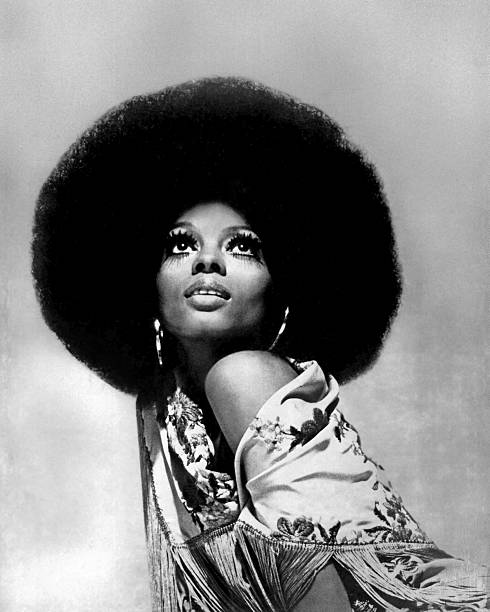“Upside Down” is both a new beginning and a last gasp. Its 1980 release signaled the arrival of a redesigned, thoroughly modernized Diana Ross — a sleeker, sexier Miss Ross than we’d ever heard before, but despite the record’s massive success, one we’d never hear again.
Ross was ripe for reinvention as the 1970s wound down. She entered the decade by exiting the Supremes, the Motown Records vocal group whose signature hits, including “Where Did Our Love Go” and “You Can’t Hurry Love,” made her a household name. Ross confirmed her split from the Supremes to Billboard in November 1969, although her presumptive solo debut, “Someday We’ll Be Together,” was instead released under the Supremes banner — the trio’s final number-one hit on the Billboard Hot 100, as well as the final chart-topping Hot 100 single of the 1960s. Four months after making her final appearance with the Supremes in Las Vegas on Jan. 14, 1970, Ross issued her self-titled solo debut, which featured the hits “Reach Out and Touch (Somebody’s Hand)” and “Ain’t No Mountain High Enough.” She crossed over into feature films in 1972, starring as Billie Holiday in the biopic Lady Sings the Blues and earning an Academy Award nomination for Best Actress; its follow-up, 1975’s Mahogany, was poorly received by critics, although it spawned a number one hit, “Theme from Mahogany (Do You Know Where You’re Going To).” The dancefloor favorite “Love Hangover” topped the charts in early 1976, but from there, Ross’ stock plummeted: 1977’s film musical The Wiz, which adapted L. Frank Baum’s The Wonderful Wizard of Oz for an all-Black cast, was a box-office disaster, and albums like Baby It’s Me and Ross sold modestly compared to earlier efforts.
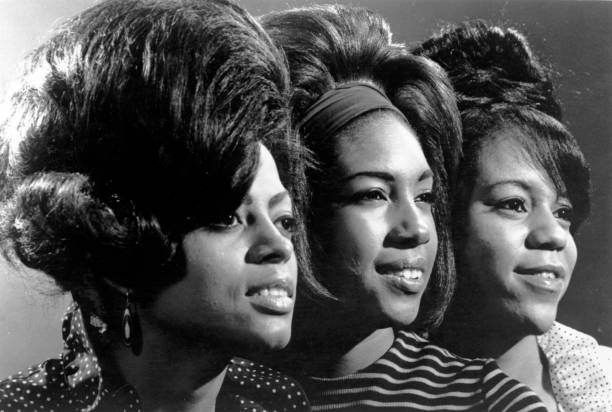
Ross and her three children relocated to a Manhattan apartment while filming The Wiz, and remained in New York after production wrapped. There Ross became a regular at Studio 54, the legendary West 54th St. nightclub noted for its celebrity clientele, restrictive entry policies, preposterous drug intake and brazen sexual escapades. Studio 54 was the epicenter of disco, the symphonic dance music phenomenon that began in East Coast LGBTQ bars in the late 1960s and went mainstream over the decade to follow, thanks in large part to innovative hitmakers like Chic, the New York City band led by guitarist Nile Rodgers and bassist Bernard Edwards. Chic classics like “Everybody Dance,” “Le Freak” and “Good Times” were fixtures on Studio 54 playlists, and as Rodgers and Edwards expanded their songwriting and production efforts beyond the group — most notably via Sister Sledge’s 1979 album We Are Family, which reached number one on Billboard’s Top R&B Albums chart and climbed to number three on the pop albums countdown — Motown executive Suzanne de Passe decided to pair the duo with Ross, whose contract with the company was coming to its close. “Before [de Passe] moved up [within the Motown ranks], her last order of business at the record label was to reignite the musical career of Motown’s top superstar… and that meant making a radical move by going outside the company. And we were the people she had in mind to do it,” Rodgers writes in his 2011 memoir Le Freak: An Upside Down Story of Family, Disco and Destiny.
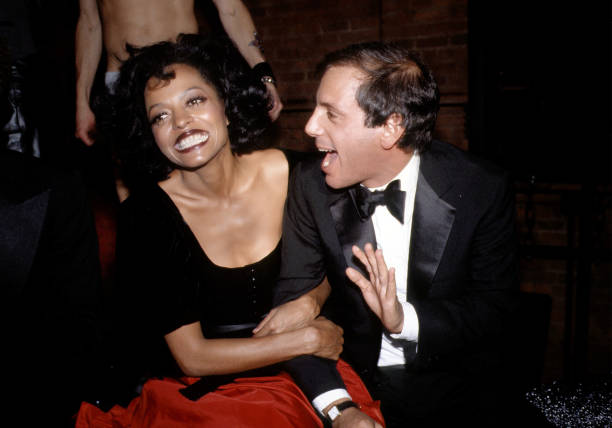
Ross first met Rodgers and Edwards following a Chic performance in Santa Monica, Calif. “She came backstage to tell us just how much she enjoyed our music, and how much fun we seem to have onstage,” Rodgers told Classic Soul in 1979. “She’s at a point where she wants to have more fun onstage herself. She says that it’s important to relate, and that even her kids don’t enjoy her music as much as they do ours! She wants some of that lighthearted approach in her music, so that’s what we want to give her.” Decades later, Rodgers told cable network TV One’s docuseries Unsung that he and Edwards spoke regularly with Ross ahead of the sessions, and then wrote material for the album based directly on these conversations: her stated desire to “have fun again” inspired a song called “Have Fun (Again),” while her yearning to turn her career “upside down” led directly to the song you’re now reading about.
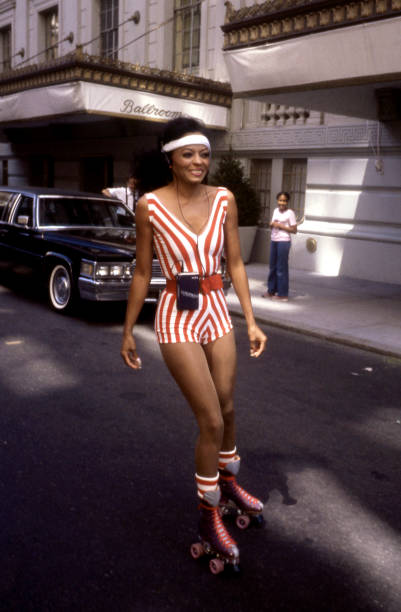
In the final weeks of 1979, Rodgers and Edwards summoned their chief collaborators within the so-called Chic Organization — namely drummer Tony Thompson, keyboardists Rob Sabino, Raymond Jones and Andy Schwartz, vocalists Alfa Anderson, Luci Martin, Fonzi Thornton and Michelle Cobbs, and last but not least, the Chic Strings (Karen Milne, Cheryl Hong and Valerie Heywood) — to New York’s Power Station to record what would become diana, Ross’ 11th solo LP. Rodgers and Edwards’ methods of making music were not always to Ross’ liking: for example, she rejected Anderson’s reference vocals, stating she didn’t want to hear another woman’s voice singing songs written for her. (Thornton stepped in, even though the material was written in keys he struggled to reach.) Ross didn’t take constructive criticism particularly well, either. “Somehow we offended her, even though we were trying to say in the most delicate way possible that she was singing just a little bit flat. She walked out of the studio. I never saw her for another two months,” Rodgers recalled in a 2007 interview with the Journal on the Art of Record Production. “But when she came back, it was cool. She didn’t come back and say ‘Don’t tell me I’m flat ever again.’ She just came back, and we resumed and we knew better.”
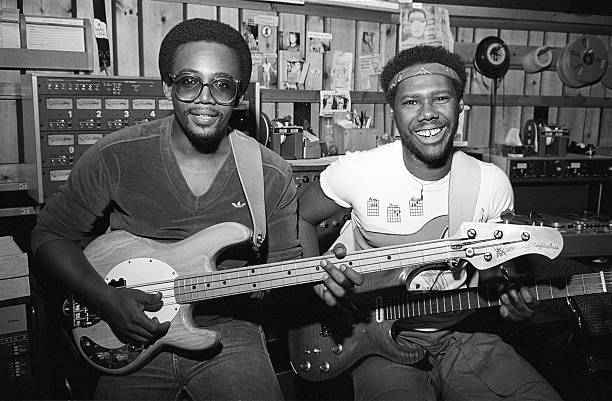
The results speak for themselves. “Upside Down,” diana’s opening track, is pure Chic — dig Rodgers’ insistent rhythm guitar and that undeniable Edwards bassline — but it fits Ross like a Halston gown: she’s never sounded so tough, so strong, so present. The song casts her in the role of a woman confronting her lover’s infidelities, but she’s no victim, and she’s not kicking him to the curb, either, declaring “Respectfully, I say to thee/I’m aware that you’re cheating/When no one makes me feel like you do.” (“All those thees! This is an orgy of Quaker plain speech of the sort seldom heard outside a meeting of the Religious Society of Friends,” quipped Sadie Stein in a 2015 essay on “Upside Down” published in The Paris Review.) Rodgers and Edwards also opted to close-mike Ross’ staccato vocals, further emphasizing the blunt honesty of her performance. “We included excessively polysyllabic words like ‘instinctively’ and ‘respectfully’ in the lyrics, because we wanted to utilize Diana’s sophistication to achieve a higher level of musicality,” Rodgers states in Le Freak. “Along with the complicated verse, we deliberately made the chorus rhythmically more difficult to sing than the catchier, one-listen song hooks for Chic. We weren’t working with talented session singers this time, we were working with a star… Despite the departure from our tested style, we knew ‘Upside Down’ was a monster hit.”
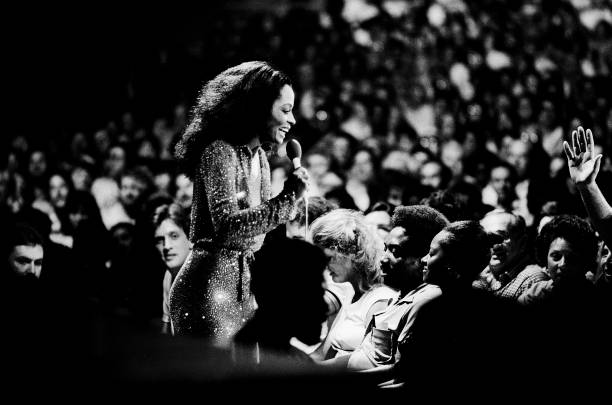
“Upside Down” was too much of a departure for Motown brass, however. The label demanded Rodgers and Edwards hand over all tapes from the diana sessions, firing them from the project. Ross lost her own enthusiasm for the album after playing a rough mix for influential WBLS-FM radio personality Frankie Crocker, who warned that its release could end her career, citing in particular the track “I’m Coming Out,” ostensibly written to celebrate Ross’ personal and professional rebirth but also an unmistakable tribute to her legions of gay fans. Ross ordered Rodgers and Edwards to remix diana to her specifications: they made several small changes, but suggested that if she wanted a more comprehensive overhaul, she would need to remix the album herself. Which she did, partnering with Motown staff producer Russ Terrana to dial down its disco flourishes, excise key compositional elements and make her voice more prominent in the mix.
Rodgers and Edwards briefly considered removing their names from diana, but their credits were intact when the album hit stores on May 22, 1980. Reviews were glowing: “Not since Lady Sings the Blues has Ms. R. been forced into such a becoming straitjacket,” wrote critic Robert Christgau in The Village Voice. “Her perky angularity and fit-to-burst verve could have been designed for Rodgers and Edwards’ synergy — you’d swear she was as great a singer as Alfa Anderson herself. And Nile is showing off more axemanship than any rhythm guitarist in history.” But following the controversy surrounding its mix, no singles were released from diana until “Upside Down” appeared on June 18; it reached number one on Billboard’s Hot 100 chart on Sept. 6 and remained there for four weeks, additionally topping the Billboard Disco and Soul charts on its way to becoming the biggest hit of Ross’ solo career.
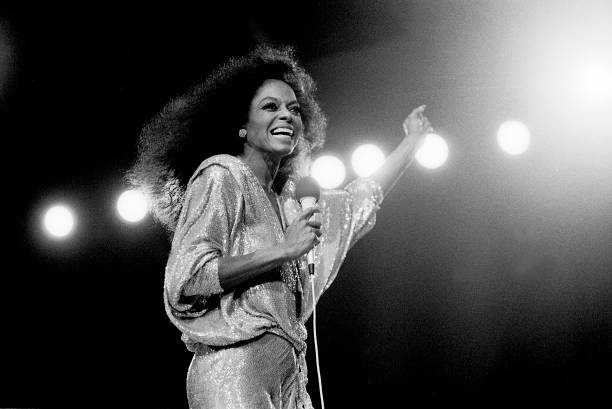
Given the fractious relationship between Motown executives and the Rodgers/Edwards camp, it’s not surprising that diana did not receive a proper follow-up; in fact, Ross left the label soon after, signing to RCA for an astounding $20 million. But while it’s tempting to contemplate an alternate reality where Ross, Rodgers and Edwards continued their hitmaking collaboration, diana was all but destined to remain a one-off regardless. The album dropped nine days before Lipps Inc.’s “Funkytown,” considered the last big hit of the disco era, topped the Billboard charts; anti-disco sentiment was already on the rise, galvanized by July 1979’s notorious Disco Demolition Night, an event mounted by Chicago shock jock Steve Dahl between the halves of a White Sox doubleheader. After Dahl and his cronies detonated a mound of disco records on the Comiskey Park turf, thousands of fans stormed the field, and widespread media coverage of the debacle accelerated disco’s commercial decline. In hindsight, Frankie Crocker’s instincts were correct: in its original form (finally released commercially in 2003), diana was too much of a disco record, too outsized and too flamboyant to succeed in a fast-changing marketplace. Disco’s demise inevitably spelled the end of Rodgers and Edwards’ run as kingmakers: KooKoo, their 1981 collaboration with Blondie’s Debbie Harry, was only a modest commercial success, and Chic’s post-”Good Times” singles were all but ignored by radio. The group split following 1983’s Believer, although Rodgers and Edwards reunited the following year on Madonna’s breakthrough LP Like a Virgin; Edwards also produced Ross’ 1984 single “Telephone,” and in 1989, Rodgers helmed Workin’ Overtime, her return to the Motown stable.
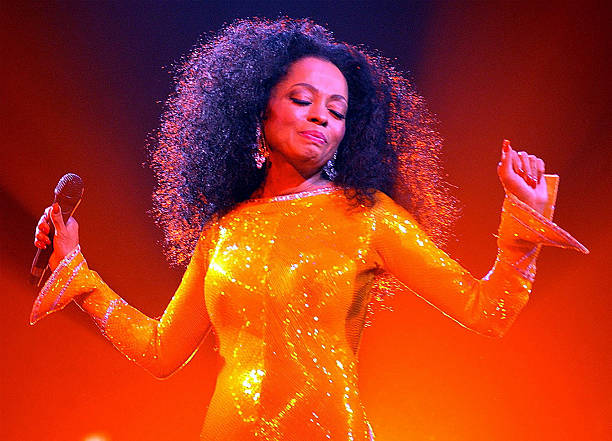
Whatever the circumstances of its birth, “Upside Down” remains a high-water mark for all involved. “‘Upside Down’ was unlike any song we’d ever written at the time, and it was unlike any song Diana Ross had ever recorded,” Rodgers proclaimed. “We were sure we hadn’t lost our compositional magic; in fact, it was getting better. We absolutely knew the record was a tour de force.”
Upside Down (KORD-0028)

